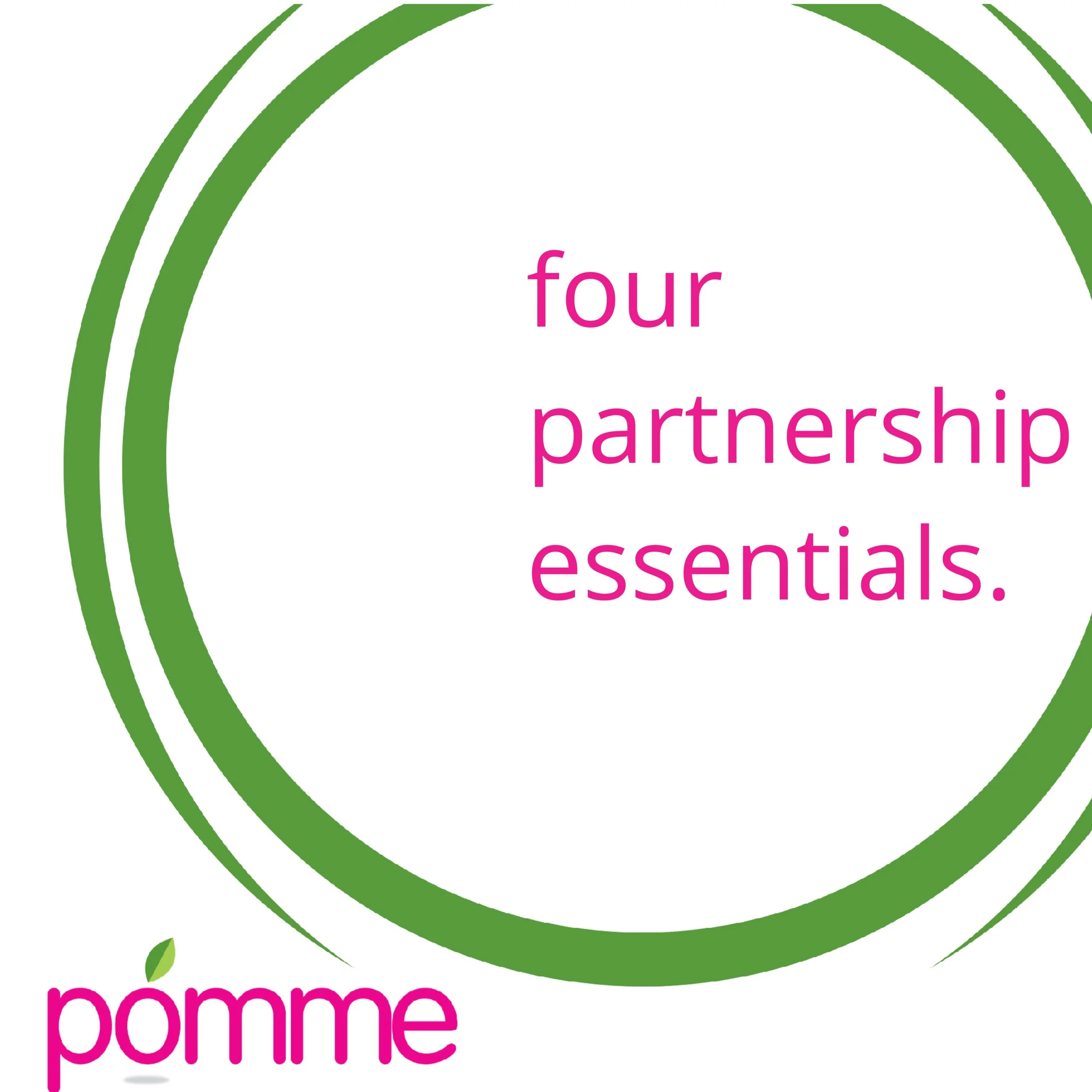By: Savannah Bailey
We talk a lot about the importance of partnerships in public relations, and for good reason. Co-branding is one of the most effective, but often overlooked ways to build a business, boost awareness and introduce a brand to new audiences. When done correctly, these cross-pollinations can be a thing of beauty- something that might surprise and delight customers and attract new fans.
That said, for a partnership to truly work, both parties must be excited, invested and the concept should be a win-win for all players in the game. Sometimes easier said than done, right?
If you’re wanting to engage in a partnership with another brand, non-profit or individual, there are 4 cardinal rules that you should know before jumping in. By following these guidelines you will be on the right track to a sustaining, mutually beneficial co-branding relationship.
Layout Expectations
When different brands collaborate, objectives don’t always align—a shared vision and guiding principles help to mediate differences. Know the value each of you brings to the table so you can clearly define the ways in which the partnership will enhance your businesses and the additional value generated for the consumer.
Ask yourself: what are you both looking to achieve? For many, partnerships allow access to a new audience. In using that as an example, what communications will you be leveraging to tap into those new crowds? What are their values and why would they want to engage with your call to action?
It’s imperative to start with a solid foundation and full transparency about your desired outcomes from this partnership. By outlining expectations and parameters, both parties can work comfortably and without confusion.
Have a Plan B
Even if both sides are confident in a game plan, Murphy’s law is always ready to throw a wrench in the best-laid plans.
We always recommend having a plan B. Especially when you’re involving employees, third-party vendors or other outside parties that could potentially be unreliable (or just have bad luck!)
This will act as a safety net and so you’re not scrambling at the last minute if things don’t go according to plan. This might be a conversation that is uncomfortable or seems excessive, but it sure beats the dreaded last-minute scramble.
On the plus side, these additional conversations and back-up plans also allow you to be more creative!
Promote Promote Promote!
By leveraging your owned communications channels and creating some co-branded content, you can easily (and affordably) get the word out to your core audiences. Whether this is a local or national partnership, presenting localized angles and stories will bring a sense of community to both organizations.
With both companies sharing the partnership content on their social media, it is exposing your brand to a new audience resulting in an awareness booster.
COMMUNICATE
This rule is ironic, given that one of the key tenets of any successful partnership is trust and communication, but it bears reminding.
Whether this partnership is a single event or a long-term initiative, your line of communication to the other brand must be transparent and cordial. If a problem were to arise, both parties need to be responsive and ready with a plan B (or C!)
Never leave the other brand hanging with your shared problems. This will diminish the trustworthiness of your brand and could result in a tampered reputation.
Take it from one pro to another, if you follow these guidelines for engaging in a partnership, you are sure to have a healthy and long-lasting relationship with the other brand, and possibly make some friends along the way.

